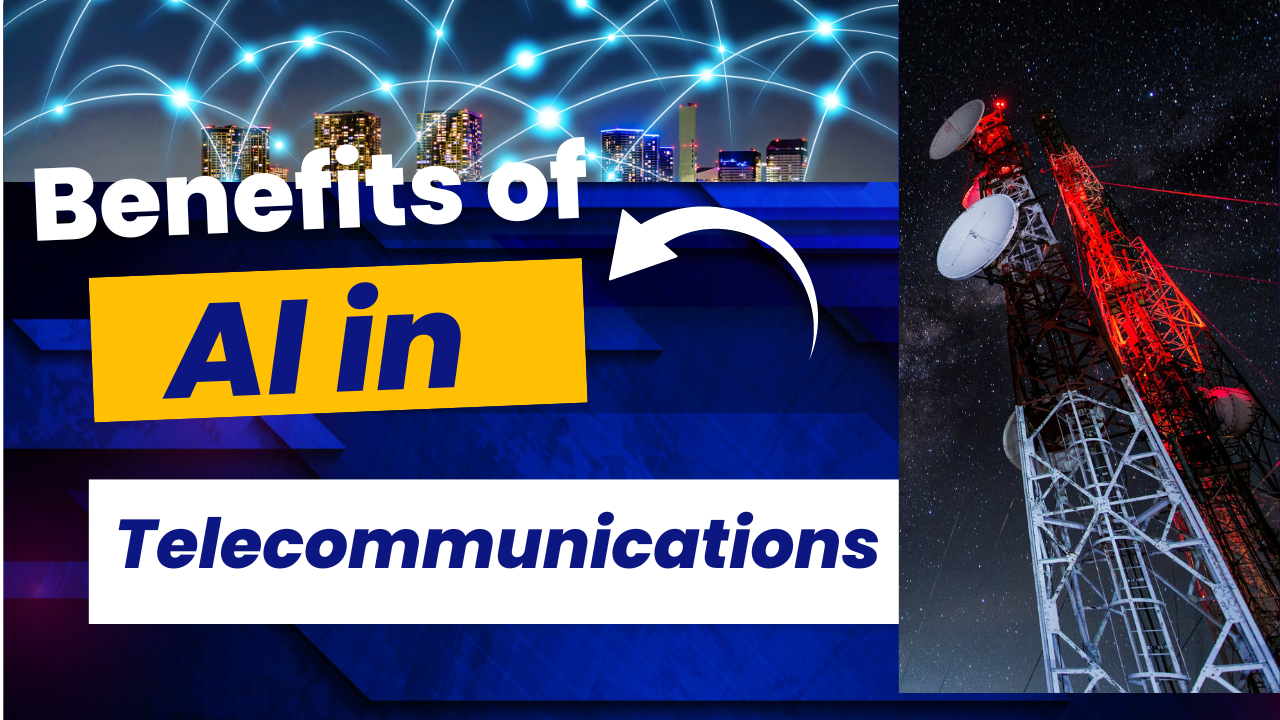ICTpost Education Bureau
Lots of countries around the world have been, and are, engaged in efforts to connect all of their schools to the Internet and for those schools that are already connected, to connect them faster. No other technology has grown as rapidly throughout history. By 2021, 4 billion people will be connected to the Internet on smartphones. This is an unprecedented shift in the ways we communicate, learn and participate in economic and social life.
Broadband is, above all, a human challenge, not just an industrial issue. We all know the potential of broadband for education, for knowledge sharing. This is the most powerful transformational technology in history. The real question is how to ensure access to broadband for all, especially the most marginalized, and how to give them the means to exploit the potential of these new tools.
How Education Relies On Technology to Advance
The Internet gives both students and educators access to vast educational resources. Many lesson plans, tutorials and courses are available online. There are many sources of information and if one source is unclear or confusing, you can usually find an alternate source that is more understandable.
Online instruction in areas such as math and languages makes use of highly effective software, which has infinite patience and is not judgmental. Some software for educational programs is adept at determining why students make mistakes and is capable of educating them through practice and examples.
In India in particular, the YouTube route is very popular, and several students and educators are looking at this for further learning. Says Angela Lin, head, YouTube Education, Eighty per cent of YouTube ECU views come from outside the US, and YouTube’s educational channels are very popular in India.
Online education provides resources for students who don’t normally have the opportunity to access an educational institution. Students who have limited income and must work full time or those who have health constraints can attend high school or post-secondary school online. Many excellent high schools and universities have Internet-based programs.
The Internet provides students of any age with the ability to collaborate with others and answer questions they cannot answer on their own.
Broadband scenario in India
Broadband penetration in India is low. Factors that have prevented widespread adoption are failure to make the medium sufficiently attractive and a lack of availability. Affordability was a significant barrier in the past, but new technology developments have driven down the costs of PCs and Internet subscriptions making pricing less of a hurdle today. Most broadband customers in India today are primarily concentrated in urban areas; semi-urban and rural areas are virtually excluded.
To date, market forces have not been sufficient to spread the technology beyond urban areas due to cost constraints, lack of compelling local content, limited availability, and a fragmented group of industry operators. Absence of a comprehensive wired infrastructure in India has made wired broadband expensive in semi-urban and rural areas. Setting up a wired communication network is expensive and demands considerable amount of time.
For broadband to have a reach across the country, service providers have to consider technologies such as wireless. Wi-Fi can help take care of last mile connectivity issues and help bring down costs.
India still lacks a critical mass of high-demand applications that can generate new users in areas of entertainment, education, and e-governance. Although some content has started migrating online, content that is locally relevant and available is still in short-fall. One ray of hope exists in the entertainment space, where Internet access is being spurred by video and peer-to-peer applications, rep-resenting a powerful force that can increase demand for high band-width.
There is also the strong belief among many parents, normally the decision-makers as far as children’s education is concerned, that students cannot learn without the physical presence of a teacher. But with bigger institutions accepting technology as one of their main engines, that will change. It is left to the government to put the rules in place.
editor@ictpost.com








